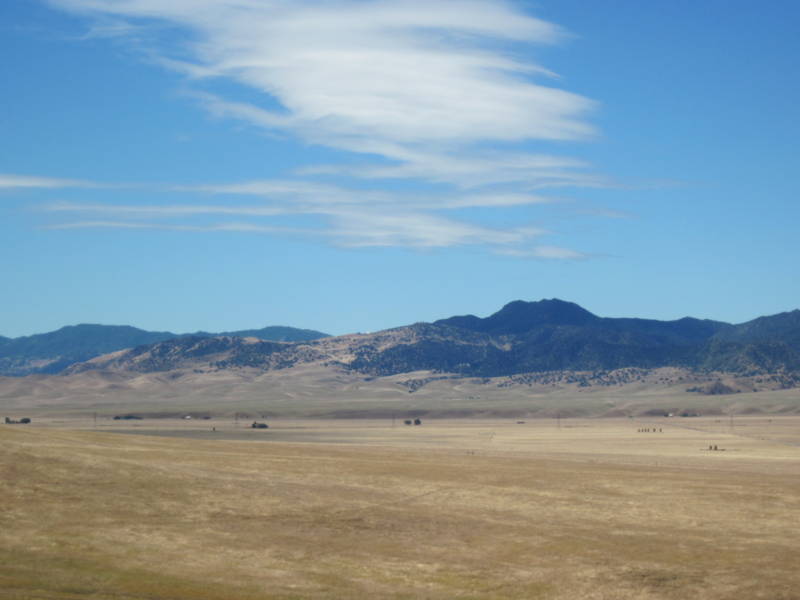
Cupertino-based Solargen Energy cleared a major hurdle this week in its plan to build a nearly 400-megawatt solar farm in the Panoche Valley. Late Tuesday the San Benito County Board of Supervisors unanimously approved the company’s environmental impact report. The project has seen opposition from environmental groups and valley residents concerned about the impact of covering more than 4,700 acres with photovoltaic (PV) solar panels. The Board also approved the water supply assessment and canceled several Williamson Act contracts, both paving the way for the project to move forward.
“It was a difficult decision for the Board,” said San Benito County Supervisor Anthony Botelho. “It’s a change in a very rural area of our county, and this is a different type of land use than people are used to, ” said the supervisor. “We all have concerns when there’s a change this drastic.”
The EIR approval is just one step the company will need to take before it can break ground. At the county level, Botelho said, the next step is a conditional use permit from the planning commission, which is likely to be taken up by the Board next month. Then the county and the company would negotiate a development agreement, to sort out issues like job preference and training, and revenue streams to compensate for some of the project’s impacts on the area, he said.
Before the Board vote on Tuesday, supervisors spent several hours hearing public comments. Objections to the plan have included encroachment on agricultural land and the habitat of several threatened species, as well as impact on the valley viewshed. Botehlo said that the Board will take the concerns of the project’s opponents into account throughout the remaining steps of the process.
“Hopefully there’s room for everyone,” he said, “including sustainable agriculture, green jobs, renewable energy, and maintaining habitats in this unique valley.”
As part of KQED’s 33×20 series about California’s renewable energy goals, Climate Watch and Quest reporters explored what’s at stake in the Panoche Valley, in a series of radio reports.
3 thoughts on “San Benito PV Array Clears a Key Hurdle”
Comments are closed.

If the county will approve of the company installing the product in a place that will cause a up roar, change the location. Offer the panels to be installed on rooftops of buildings and homes or public buildings. They will share the same foot print and they can tap right into the grid that is at that address. Give home owners a few chores of maintenance in order to keep the panels in top condition. Have the contractors design an install kit that will attach and comply with the building codes. Ask the people in the opposition if they love the earth so much will they agree to help by being the first to have participation in Zax’ solar plan. I would say that that would be the best way to show we all really care. Give and take equally. Show some love for our planet and our neighbors. Now if you want to complain about having “some ugly panel on the house” well then you just put it on the ground and take up valuable land.
The meeting was a freight train. Solargen had an army of lawyers, talking heads and suits to stand up and spout inaccuracies and the public couldn’t do a thing about it. Solargen was able to present to the Board for an hour while opponents had 3 minutes to address 3 agenda items presented as one. Solargen was able to rebutt the public but the public’s hands were tied as Solargen lied to cover the truth.
Hopefully the Planning Commission is stronger and wiser than the County Board of Supervisors!
A key point is that the area has been identified as a “core recovery area” for not only threatened species, but for federally endangered species as well, including Kit Fox, Blunt-nosed Leopard Lizard, and Giant Kangaroo Rat. Also in the area are Faerie Shrimp, Tiger Salamander, and Mountain Plover. Elimination of a core recovery area essentially means that the species will not ever make it off of the endangered species list. EVER.
I’m a very strong proponent of solar energy, but frankly, solar panels belong on rooftops, NOT on critical habitat. A project that seriously impacts endangered species is NOT a green project.